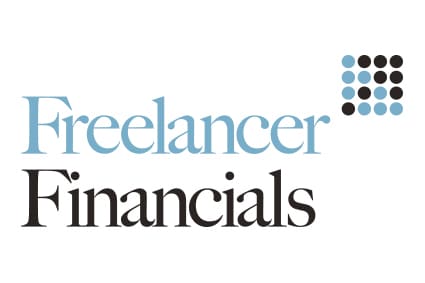OTS recommendations on simplifying VAT
The Office of Tax Simplification (OTS) recently published its first report on VAT, titled, ‘Value added tax: route to simplification’. It represents the first wide-ranging simplification review of the VAT system conducted in the UK and considers in particular:
- The issues if the VAT registration limit were to be either increased or lowered;
- Administrative changes which could benefit businesses, advisers and HMRC; and
- Complexity caused by the different VAT treatment of types of supply. For example, a gingerbread man with chocolate-covered trousers is subject to VAT but not if it has chocolate eyes!
Value added tax: route to simplification (PDF)
A brief history
VAT was introduced to the UK on 1st April 1973 when the UK entered the Common Market, now the European Union. Virtually a year before, the then Chancellor of the Exchequer, Anthony Barber, told the House of Commons that he was determined to have “the simplest VAT in Europe”.
Over the last 45 years however, VAT legislation has grown so that is now spread across 42 Acts of Parliament and 132 statutory instruments while, at the same time, still retaining some of the complexities of the pre-1973 UK purchase tax system.
The tax annually raises around £120 billion and unlike income taxes, the VAT system is largely prescribed by EU rules.
In carrying out its review, the OTS kept in mind the OECD (Organisation for Economic Co-operation and Development) principles for a good VAT system of neutrality, efficiency, simplicity and certainty, effectiveness and fairness, and flexibility.
Registration thresholds
Dominating the review was the level of turnover above which a business is required to start charging VAT on its sales. At £85,000, the UK has the highest general VAT registration threshold in the EU, where the average is £20,000, and way in excess of the global average of around £15,000. Typically, the threshold is increased each year in step with inflation.
Whilst the current threshold is sufficiently high to enable many very small businesses, especially labour-only businesses, to make a reasonable profit whilst remaining below it, the limit is a disincentive for some businesses to grow and maximise their potential. Many businesses view compulsory VAT registration as a barrier to their competitiveness as they may not be able to pass on the increase in their prices to customers, especially when competing with unregistered businesses. Others fear the administrative impact of VAT registration.
For example, compare a business with a turnover of £84,000 which is not VAT registered with a VAT registered business having a turnover of £85,000. If VAT is applied to the whole of the turnover, the VAT registered business will have to hike its sales by £17,000 and be responsible for paying this over to HMRC.
Some businesses will therefore actively seek to avoid the VAT trap door by one of two ways. Firstly, by limiting expansion, e.g by not taking on an extra employee, or an extra contract, or shutting down trading for a period, so as to keep their turnover below the threshold, which is perfectly legal practice. Others, however, indulge in the illegal practice of deliberately suppressing their recorded sales and then report a turnover below the limit.
Additionally, the fact that many business owners are spending time considering these issues and adopting strategies to avoid entering the VAT system, is disruptive to them.
Lower or higher?
Revenue and administrative impacts would be greater if the VAT threshold were raised or lowered by significant amounts.
If the threshold were to be upped to £500,000, for example, this would potentially impact around 800,000 businesses. Of that number, between 400,000 – 600,000 might choose to deregister, whilst the remainder might choose to remain voluntarily registered for a number of reasons. Whilst this would reduce the VAT-related competitive distortions between registered and unregistered small businesses and also the administrative burdens on those businesses, the loss of revenue would mean that funds available for public services would be cut by between £ 3 – 6 billion a year.
Reducing the threshold to, say, £43,000 would impact between 400,000 – 600,000 businesses. This would reduce the unregistered business population and competitive distortions, making it much more difficult to evade VAT and raise between £1 billion – 1.5 billion a year. However, it would increase compliance costs for a large number of businesses and involve additional costs for HMRC in managing an increased population of registered businesses.
Smoothing mechanisms
Any threshold presents an incentive to operate below it, so the OTS has considered introducing some form of smoothing mechanism to offer businesses an easier passage across the threshold such as:
- Smoothing the cash impact of becoming VAT registered
- Smoothing the administrative impact
- Smoothing both cash and administration
- A time-limited reduction in the VAT Flat Rate Scheme rate for newly registered businesses and a financial taper
Whilst some of the measures are not possible under present EU law, nevertheless the OTS recommend that the government should examine the current approach to the level and design of the VAT registration threshold.
In total the report makes 23 recommendations concerning registration, administration, multiple rates, partial exemption, Capital Goods Scheme, option to tax land and buildings, and special accounting schemes.






Leave a Reply